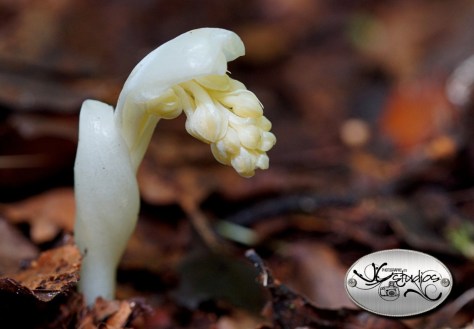Orchid Observers, the latest Zooniverse project, is perhaps at first glance a project like all the others. If you visit the site, you’ll be asked to sort through records of these amazing and beguiling plants, drawn from the collections of the Natural History Museum and from images provided by orchid fans from across the country. There’s a scientific goal, related to identifying how orchid flowering times are changing across the UK, a potential indicator of the effects of climate change, and we will of course be publishing our results in scientific journals.
Yet the project is, we hope, also a pointer to one way of creating a richer experience for Zooniverse volunteers. While other projects, such as iNaturalist, have made great efforts in mobilizing volunteers to carry out data collection, this is the first time we’ve combined that sort of effort with ‘traditional’ Zooniverse data analysis. We hope that those in a position to contribute images of their own will also take part in the online phase of the project, both as classifiers but also sharing their expertise online – if you’re interested, there’s an article in the most recent BSBI News that team member Kath Castillo wrote to encourage that magazine’s audience to get involved in both phases of the project.
BSBI News – published by the Botanical Society of Britain and Ireland, and not as far as I know available online – is a common place for the environmental and naturalist communities to advertise citizen science projects in this way, and so it also serves as a place where people talk about citizen science. The same edition that contains Kath’s article also includes a piece by Kew research associate Richard Bateman chewing over the thorny issue of funding distributed networks of volunteers to participate (and indeed, to coordinate) projects like these. He alludes to the ConSciCom project in which we’re partners, and which has funded the development of both Orchid Observers and another Zooniverse project, Science Gossip, suggesting that we view volunteers as either a freely available source of expertise or, worse, as ‘laboratory rats’.
Neither rings true to me. While the work that gets done in and around Zooniverse projects couldn’t happen without the vast number of hours contributed by volunteers, we’re very conscious of the need to go beyond just passively accepting clicks. We view our volunteers as our collaborators – that’s why they appear on author lists for papers, and why when you take part in a Zooniverse project, then we should take on the responsibility of communicating the results back to you in a form that’s actually useful. The collaboration with the historians in ConSciCom, who study the 19th century – a time when the division between ‘professional’ and ‘citizen’ scientist was much less clear – has been hugely useful in helping us think this through (see, for example, Sally Frampton’s discussion of correspondence in the medical journals of the period). Similarly, it’s been great to work with the Natural History Museum who have a long and distinguished history in working with all sorts of naturalist groups. We’ve been working hard on directly involving volunteers in more than mere clickwork too, and ironically enough, the kind of collaboration with volunteer experts we hope to foster in Orchid Observers is part of the solution.
I hope you enjoy the new project – and as ever, comments and thoughts on how we can improve are welcome, either here or via the project’s own discussion space.
Chris
PS This debate is slightly different, but it reminds me of the discussions we’ve had over the years about whether ‘citizen’ science is actually science, or just mere clickwork. Here are some replies from 2010 and from 2013.

